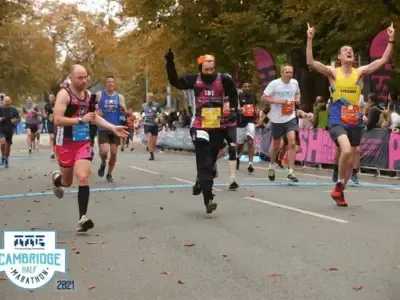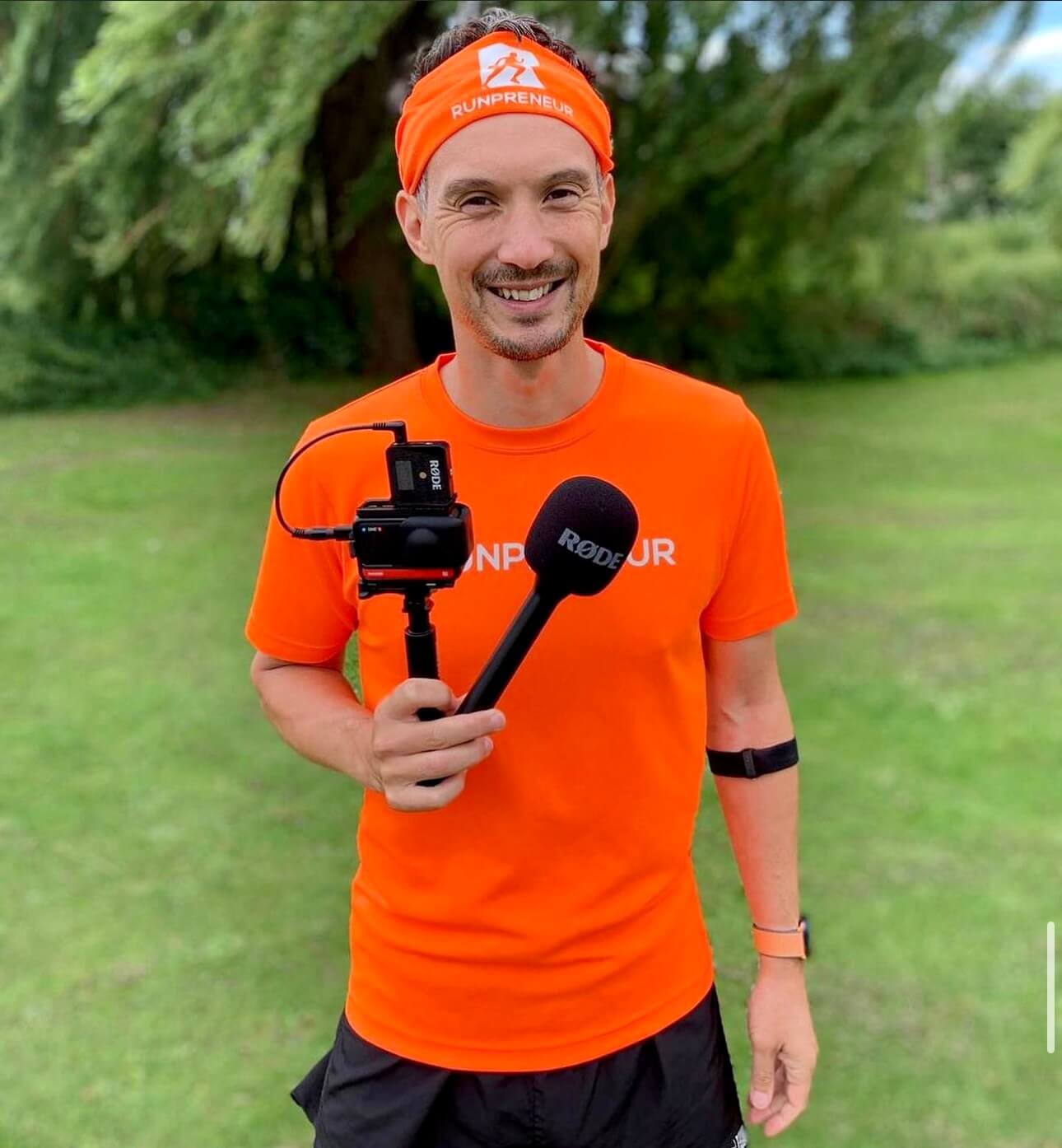Runpreneur Journey Blog
Embark on an extraordinary journey with the Runpreneur community. Discover inspiring stories, insider tips, and the transformative power of our global challenge. From first-time runners to seasoned athletes, our blog captures the essence of the Runpreneur movement, inspiring others to join the cause.
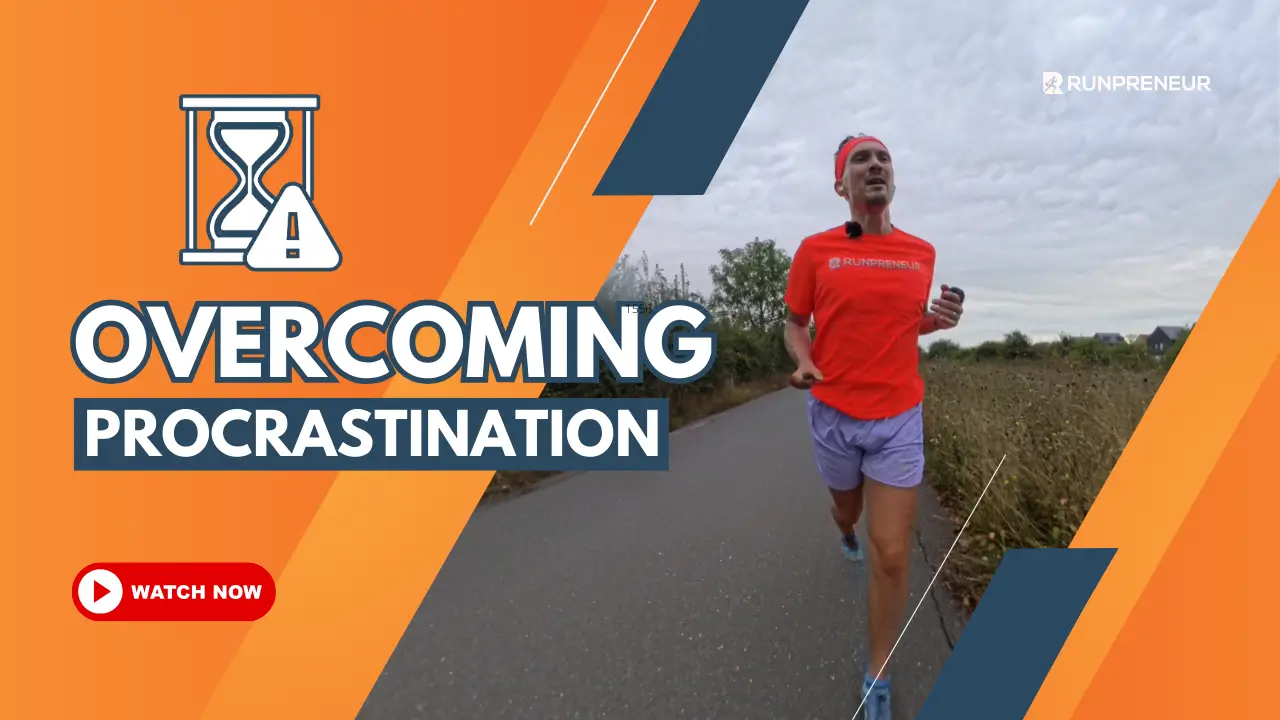
Overcoming Procrastination: My New Approach
Overcoming Procrastination: My New Approach
Hello, everyone! It's Kevin Brittain here. Today, I want to share a new method I've recently come across to tackle procrastination. Whether this method turns out to be the ultimate solution is yet to be determined, but the principles behind it seem quite sound. If procrastination holds you back, keep reading – I hope you'll find this as useful as I did.
Welcome back to consecutive day 1576 of my journey in "A Diary of a Runpreneur." For those of you new here, I'm on a mission to save children's lives by attempting the ultimate ultramarathon of running and vlogging consecutive days, covering a distance equivalent to a lap around the world – barefoot. If you believe in this cause, please subscribe, share, like, and comment on my content. The more people we reach, the more money we raise, and the more children's lives we save. This is my driving purpose every single day.
Now, let's dive into the nitty-gritty of procrastination. As someone who lives with ADHD, or thrives with it, depending on how you choose to look at it, procrastination is a constant battle for me. While ADHD offers many blessings, it does make concentrating on tasks I'm not hyper-focused on quite difficult. Over the years, I've tested numerous techniques to conquer this issue. While none have completely cured it, even small improvements are worthwhile.
Let's start from the basics – tiredness. When you're tired, motivation plummets, and if you're prone to procrastination, you're unlikely to even get started. The simplest way to combat tiredness is to focus on quality sleep, healthy diet, and hydration. Aim for a minimum of seven hours of sleep – personally, I find closer to eight hours ideal. When I'm well-rested, I'm less tired and less likely to procrastinate.
Moving on, the biggest barrier to getting started is often the thought process surrounding the task itself. To counteract this, I've discovered the five-minute rule. This technique involves conditioning yourself to commit to a task for just five minutes. Set a timer, and if after five minutes you're still not feeling it, stop and switch to a different activity. Often, you'll find that once you start, you'll continue past the initial five minutes and accomplish a significant amount of work.
Another strategy is structuring your work-to-break ratio. Research suggests that the optimal ratio is 52 minutes of work followed by a 17-minute break. However, I simplify it to 60 minutes of work followed by a 20-minute break. This easier-to-remember "60/20 rule" helps break my day into manageable chunks. If I finish a task in less than 60 minutes, that's perfectly fine – I still take my 20-minute break before moving on.
Following a structured approach significantly boosts productivity. With ADHD, having a routine and set rules is particularly helpful. Here are my new rules: I ensure I go to bed by midnight to get at least seven hours of sleep. I use the five-minute rule to start tasks, and if I'm not engrossed after those five minutes, I stop. If I get into a good flow, I work for about an hour, and then take a 20-minute break. Rinse and repeat throughout the day.
To sum up today's learnings:
Get Adequate Sleep: Ensure you're not tired by getting at least seven hours of sleep.
Use the Five-Minute Rule: Commit to a task for five minutes. If it doesn’t engage you, move on.
Follow the 60/20 Rule: Simplify your work-to-break ratio to 60 minutes of work followed by a 20-minute break. Adjust this as needed, but strive to maintain this structure.
By incorporating these techniques, I hope to enhance productivity and overcome procrastination. If you have questions or comments, drop me a line – I respond to everyone. And don't forget, if you're inspired by my mission of saving children's lives through my ultramarathon journey, please subscribe, share, like, and comment. Your support can make a significant difference.
Thank you as always for your support. Stay positive, stay happy, and I'll see you again tomorrow.
Best, Kevin Brittain

Kevin's 40,075km Challenge: Raising £1 Million for Children
Meet Kevin, a dedicated Runpreneur who embarked on an extraordinary journey to raise £1 million for children in need. Over the course of his 40,075km challenge, Kevin's unwavering determination and passion inspired thousands to join the Runpreneur movement.
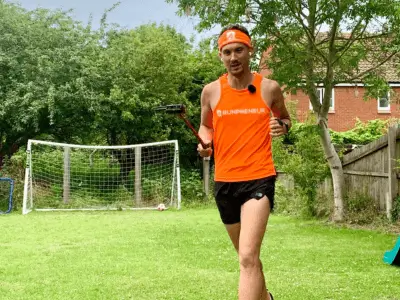
Runpreneur Vlogging: Capturing Kevin's Journey
Experience the Runpreneur challenge through the lens of Kevin's video diary. Witness his ups and downs, the camaraderie of the community, and the transformative power of running for a cause. Dive into the visual stories that capture the essence of the Runpreneur movement.

Empowering Children, One Step at a Time
As Kevin logged every kilometre of his 40,075km challenge, the true purpose behind his journey came into focus. Each step, each bead of sweat, fuelled essential healthcare, education, and nutrition programs for children in need around the world.
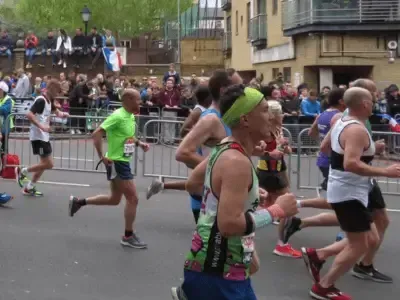
The Transformative 4x4x48 Challenge
Experience the thrill and personal growth of our iconic 48-hour running event. Witness the determination and resilience of Runpreneurs as they push their limits, one mile at a time.
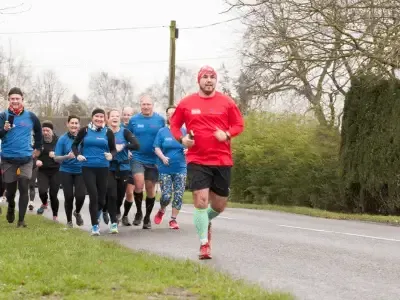
Runpreneur Vlogging: Capturing the Journey
Dive into the visual stories of our Runpreneurs as they document their experiences through engaging video logs. Witness the challenges, triumphs, and moments of camaraderie that define the Runpreneur spirit.
